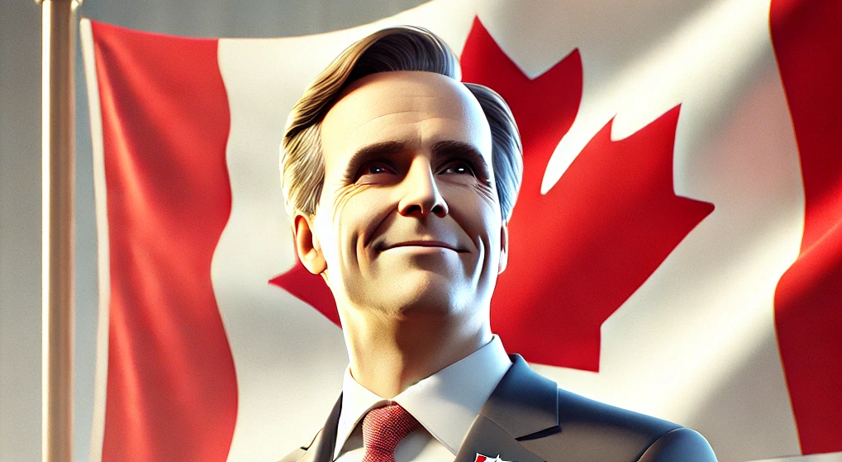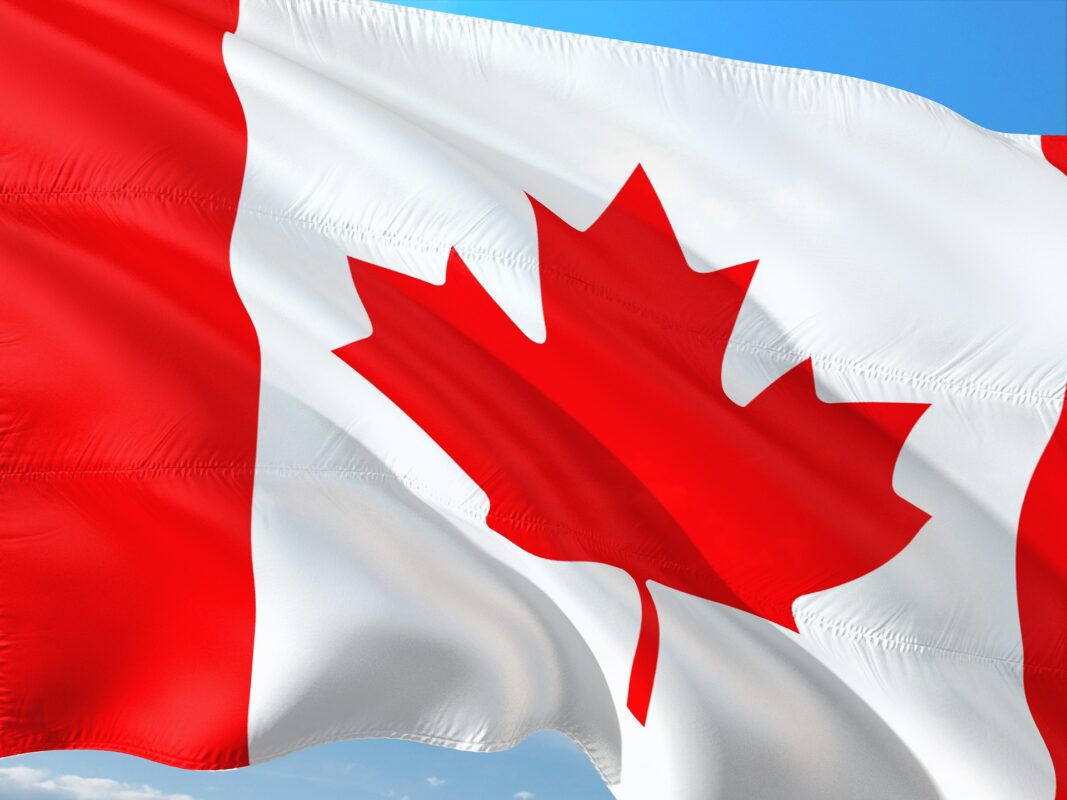
Blog
Mark Carney’s Landslide Victory: The Path to Prime Minister

Canada’s political landscape has undergone a major shift with the selection of Mark Carney as the new leader of the Liberal Party. Carney, a former governor of both the Bank of Canada and the Bank of England, is widely regarded as a skilled economist and financial expert. His leadership marks a significant transition for the Liberals, who are looking to rebuild their public support ahead of the next federal election.
A Leader with Global Experience
Mark Carney won the leadership race with an overwhelming majority, securing more than 85% of the vote. What were the key factors? Carney’s extensive experience in global finance and economic policy makes him a unique figure in Canadian politics. Unlike many career politicians, he brings a technocratic approach, emphasizing economic stability, financial innovation, and climate-conscious policies. His track record includes steering economies through crises, such as the 2008 financial collapse and the uncertainties surrounding Brexit.
His leadership also signals a strategic shift within the Liberal Party. Under Justin Trudeau, the party faced increasing criticism over economic management and foreign policy. By selecting Carney, the Liberals are betting on a leader with deep economic expertise who can counter the Conservative Party’s focus on fiscal responsibility and tax reforms.

Carney’s Vision for Canada
So what’s Carney’s game plan? His economic policies are expected to focus on strengthening Canada’s financial stability, creating jobs, and driving the shift to a low-carbon economy. The main policies include:
- Strengthening financial stability and creating jobs.
- Advancing the shift to a low-carbon economy with a focus on sustainable finance.
- Promoting the integration of ESG factors into financial markets.
- Balancing environmental responsibility with Canada’s resource-rich economy and reliance on global trade.
Carney recognizes that Canada’s economy is heavily dependent on global trade. As a resource-rich country, balancing environmental responsibility with economic growth will be a challenging but necessary task.
Navigating U.S. Relations and Trade Policies
One of Carney’s biggest challenges? Navigating Canada’s relationship with the U.S., especially if Donald Trump makes a comeback in the 2024 election. If Trump returns to power, expect his “America First” policies to make life even tougher for Canada. Protectionist trade measures, tariffs, and stricter regulations would only intensify, hurting Canadian exports, especially in industries like automotive and energy. And we all know how much Canada depends on trade with the U.S.
Carney isn’t blind to these risks. He’s been vocal about his concerns over economic nationalism and the need for Canada to stand on its own feet, reducing over-reliance on the U.S. With his deep background in global finance and diplomacy, he’s prepared to defend Canada’s economic interests—particularly in the ongoing disputes over softwood lumber, dairy exports, and critical minerals. While he aims to keep relations with Washington cooperative, don’t be fooled—Carney’s game plan is all about making sure Canada can weather any storm, even one driven by a more protectionist U.S.

The Path to Carbon Neutrality
With this election, it’s clear that the ICVCM (International Carbon Voluntary Carbon Market) system will soon be taking shape. And here’s the exciting part: as leaders like Mark Carney—who’s been a strong advocate for climate action—continue to drive change, companies are going to feel more and more compelled to get involved. Why? Because, as the pressure mounts to meet carbon-neutral goals and ESG (Environmental, Social, and Governance) expectations, using carbon credits to offset emissions will be a no-brainer. As the market becomes clearer and regulations get stronger, companies will likely jump at the chance to participate in carbon offsetting, ensuring they not only meet their environmental responsibilities but also position themselves as leaders in sustainability. The future is here, and it’s all about taking action now.

What’s Next for Carney and the Liberals?
As the election rapidly approaches, Carney has limited time to prove himself as a leader who can lead the Liberals to victory. His ability to connect with both business leaders and everyday Canadians will be pivotal in determining whether the party can regain its former strength.
But the Conservatives won’t make it easy. They’ve been gaining traction by promoting lower taxes, less government spending, and more investment in the energy sector. Will Carney’s expertise and fresh perspective be enough to win over voters?
Moreover, if he establishes the ICVCM system, companies will stand out as eco-friendly businesses by utilizing carbon credits. However, there are many questionable carbon credits in the market. If you’re unsure about which certified carbon credits to choose, let us know! We’re here to support your decision-making process. Together, we can ensure you select the right credits!
